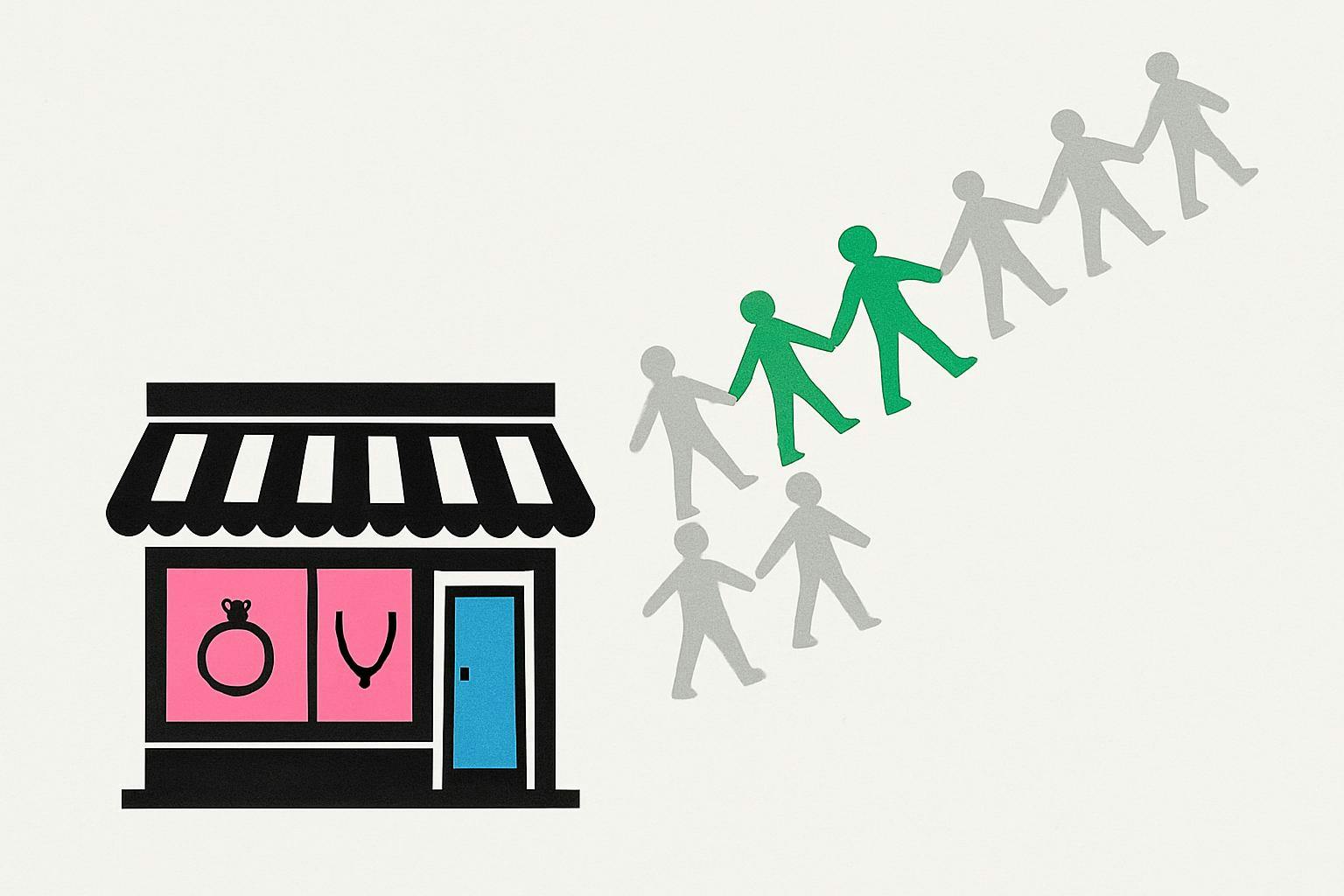Source: asiacommerce
Shopify is one of the most revolutionary companies in e-commerce today. Founded as a small online snowboard shop in 2006, it has scaled to enable millions of merchants to build, retain, and scale their businesses all over the world. Shopify has developed a playbook for sustainable growth in digital commerce, focused on merchant success, technology, and scalability. This article will provide insight into Shopify’s growth journey, its business model, its growth strategies, the technology reviewed in each company phase through revenue, key performance metrics, the merchant challenges and opportunities Shopify can support, and what to watch for from Shopify’s future.
Origins & Founding Thesis
Shopify was conceived by Tobias Lütke, Daniel Weinand, and Scott Lake after realizing existing e-commerce tools were too complex for merchants. Rather than give in to this unlikely situation, they constructed a platform based on simplicity, flexibility, and scalability. This merchant-first mindset became Shopify’s DNA and continues to define the company’s worldwide success.
Shopify Business Model
| Revenue Stream | Description | Importance |
| Subscriptions | Monthly plans for store software | Predictable recurring revenue |
| Merchant Solutions | Payments, POS, loans, shipping | High-margin services tied to merchant success |
| App & Theme Ecosystem | Third-party apps and themes | Drives innovation and network effects |
| Fulfillment & Logistics | Shopify Fulfillment Network | Helps merchants manage inventory and deliveries |
Growth Blueprint
- Democratizing Commerce: Simplified the complexity of selling online for merchants at any level of technical ability.
- Developer & Partner Ecosystem: Created a flywheel effect of innovation through the app store and themes marketplace.
- Mobile & Omnichannel Approach: Mobile-first storefronts, mobile apps, social commerce integrations, and POS.
- Enterprise & Vertical Expansion: Shopify Plus retained large brands and enabled scale.
- Payments, Financing & Fulfillment: Created new revenue and value for our merchants through Shopify Payments, Shopify Capital, and Fulfillment Network.
- Global Expansion: Enabled merchants to expand globally, with multi-currency, languages, and payments localized.
Technology & Product Architecture

Source: inoutcom
The API-first architecture and modular design for Shopify make it both customizable and scalable. Merchants can set up their stores in a headless commerce manner, integrate third-party applications, and adapt their stores without Shopify having to rebuild core functionalities. The versatility of this approach appeals to small businesses and enterprise brands alike, and this has contributed to Shopify’s use as the backbone of digital commerce globally.
Scale & Key Metrics
| Metric | 2025 Estimate |
| Gross Merchandise Volume (GMV) | $292.3B |
| Active Stores | ~2.7M |
| Countries Served | 175+ |
| Key Clients | Gymshark, Allbirds, Heinz, Kylie Cosmetics |
| Employees | 11,000+ |
Approaches to Encourage Marketing and Merchant Growth

Source: eseller365
Shopify invests in merchants’ success to foster organic growth. They use several methods, including an Academy for Shopify, tutorials, and educational resources that enhance success and onboard someone new to being a merchant. Along with the broader community, Shopify supports and shares success stories, thus capturing the imagination of aspiring customers who will, in time, register on the platform. Shopify has also entered into meaningful partnerships with social platforms, a fulfillment network, a shipping partner, and an app developer, which provides value to the merchants and overall retention/value to customers.
Challenges and Competition
- Market Competition: Shopify’s direct competitors include Amazon, Wix, WooCommerce, and BigCommerce, which are all strong competitors, credibly.
- Logistics Complexity: There are too many costs to review to establish an independent global fulfillment network.
- Policy and Risk within the Ecosystem: Residual flow or app market revenue diverging equally could not maintain fair confidence for developers or merchants.
- Exposure to the Macro-Economic Environment: Tariffs, trade policies, and global slowdowns will dictate the impact on sales/Gross Merchandise Volume.
Future ahead

Source: designpax
Artificial intelligence & automation: tailored product recommendations, dynamic pricing and AI-generated content.
Headless commerce: versatile storefronts and back-end integrations for customized experiences.
Sustainability: tools to measure carbon footprints, ethical sourcing and circular commerce.
Cross-border commerce: increased duties and tax estimates to facilitate international selling.
Conclusion
Shopify’s trajectory provides a guide to growth strategy, technology integration, and customer-focused design. Their thesis at the core, democratizing commerce, building a strong ecosystem, and providing value through services, illustrates how a company can scale at a global level while still being connected to the success of its merchants. Shopify shows that in contemporary commerce, the path to sustainable long-term growth is enabling your customers.
FAQs
Q1. Is it easy for merchants to migrate off of Shopify?
Yes. Shopify has export data and APIs that help developers and merchants migrate; however, it will take some pre-planning.
Q2. Are Shopify apps generating revenue for developers today?
Yes. Apps associated with making news, apps in niche marketplaces, apps with subscriptions and recurring revenue, and apps that provide merchant value are viable options for developers to create significant income.
Q3. How does Shopify help support merchants around the world?
Shopify provides multi-currency payment capabilities, localized storefronts, a duty and tax calculator, and shipping integrations.
Q4. Does Shopify handle Enterprise merchants?
Yes. Shopify Plus allows merchants to customize enterprise-level tools, analytic tools and SLA-level support.
Q5. Has Shopify shown any resilience to economic downturns in markets?
Yes. Shopify benefits somewhat from subscription revenue, but merchant solutions and GMV (Gross Merchandise Value) generally go down in down markets. Shopify believes their long-term growth is about the future of global commerce.









